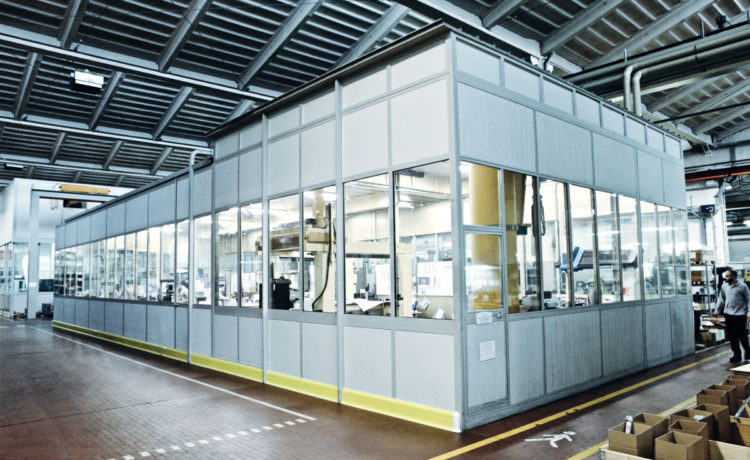Passivation is a popular metal finishing process for stainless steel parts, but how exactly does it work?
What is Passivation?
Before getting into how passivation works, we need to explore exactly what this process is. The first part of this question entails understanding what stainless steel is.
Stainless steels are naturally resistant to corrosion, but they aren’t invulnerable to it, either. Its corrosion resistance stems from its chromium content. Over time, chromium develops a film of chromium oxide due to exposure to oxygen, adding corrosion resistance. However, this corrosion resistance can be hindered in normal manufacturing conditions, as certain machine processes can produce sulfides as byproduct that can adhere to the stainless steel. These sulfides reduce the resistance to corrosion, and will require removal.
This is why passivation is required from time to time, as it removes contaminants and encourages oxide growth to protect the stainless steel.
How the Process Works
Passivation is a non-electrolytic process that normally uses citric or nitric acid to remove iron from the material surface to form a protective oxide layer that improves rust resistance.
When exposed to oxygen, the stainless steel going through passivation develops an inert chromium surface. Many passivation specifications such as ASTM A967 and ASTM A380 provide instructions on the correct process for passivating stainless steel along with other metals. Cleaning and testing are necessary to make sure the process occurs the way it should.
There are several materials and equipment needed for proper passivation, including alkaline cleaner such as sodium hydroxide, water rinse, nitric or citric immersion bath, dry parts, and test sample parts to determine the integrity of the final passivated metal.
Industries That Use Passivation
Many high-precision and critical part manufacturers such as those in the medical, food processing, and aerospace industries require a reliable metal finishing process for metal parts, which is how passivation can help. While many different metal finishing processes exist, passivation is one of the most popular options.
Other than passivation, another popular metal finishing process is electropolishing, which is uses an electrochemical process to remove surface contaminants and burrs on stainless steel and many other metals. However, electropolishing, despite being potentially more efficient and effective than passivation, isn’t for every metal.
If you want to determine if electropolishing or passivation is right for your metal parts, you should consult with experts. Many experts can recommend the right process to use for metal finishing, and you may find that something other than passivation is more ideal for your products.
Ultimately, passivation is one of the most thorough metal finishing processes available, with many types of equipment across a wide range of industries depending on it to keep their parts free of contaminants. You’ll benefit from improved corrosion resistance and overall increased part integrity, giving you long-lasting equipment that avoids rusting and keeps machinery running smoothly for many years.





